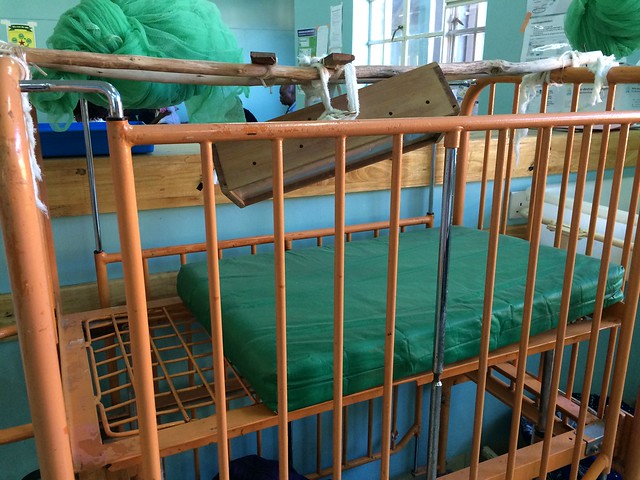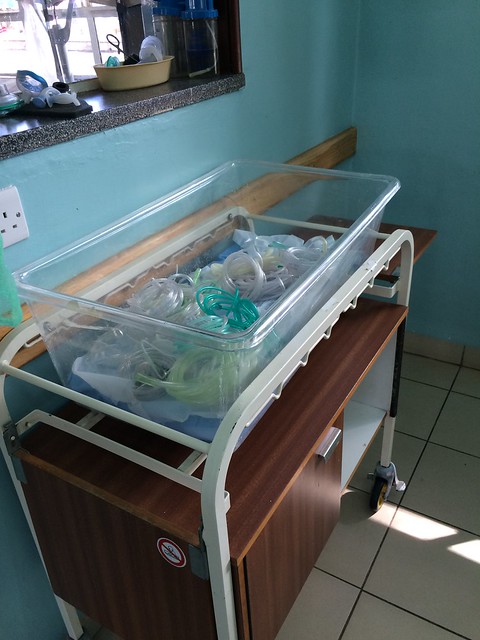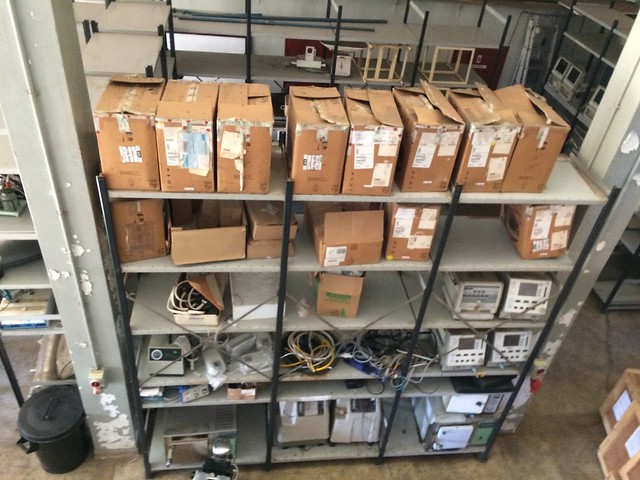With the dosing meter nearly completed, the seven of us have started to look forward into what projects to tackle next. There are so many opportunities for ways to spend the next seven weeks, and a lot of different interests. We have a variety of ideas for new design projects, and if we spent the next eight weeks doing them we could probably finish at least a few first generation prototypes. However, we also have some ideas more related to Poly-Rice relations or the new bioengineering program, and if we jump start some of these we may have to be a little more selective with how we spend our time.
One of the design projects we are most interested in is a thermoregulator for babies at home. Neonates tend to have trouble regulating temperature, and it is not uncommon for infants to suffer hypothermia at home, especially in the winter. We were given the idea of building a feedback system that could monitor a baby’s temperature and set off a beeper if hypothermia is reached. The device would be wrapped around the infant before going to bed, so if the mother or father is asleep when the baby gets cold the would be awoken. Because it would be intended for home use, this device would have to be very inexpensive and made largely of local materials.
Another idea we had was some sort of addition to the suction pump machine used in the nursery that would prevent some of the common breaks in the device that put it out of use. The suction pumps are used to drain excess fluid from the patent’s lungs and throat. Right now, the use of a suction pump requires constant monitoring by a nurse or clinician to turn the pump off when the waste containers fill up. If the pump is neglected, it will overflow and fluid can get into mechanical or electrical parts of the machine, clogging the system and damaging important components. The Poly interns and Sarah, Catherine and I have started talking about some sort of addition to the pump that would stop suction when the waste containers are full. We have discussed both electric and mechanical mechanisms that would provide this function, but we haven’t set any of our plans in stone yet.
One of our biggest objectives for this internship is to collaborate on design projects with the Poly students, and the consensus is definitely still in favor of pursuing at least one more design. However, as the first BTB students to pilot this kind of internship that works directly and fully with the Poly, Sarah, Catherine and I also want to find a way to give the Poly something sustainable that would enhance some facet of their engineering program. The bioengineering orientation week we are helping to plan is an example of this; we are contributing something to the bioengineering program that uses our specific skills and that could be continued after we leave. We’ve also had thoughts about creating some kind of forum for communication between Rice students and Poly students, or helping build more connections for the Poly to Queens Hospital and other members of the Blantyre community, so that their new bioengineering program has a local network to work with and build off of. All of these ideas are still in the works, and we’re trying to sort out our priorities and strongest interests.
Personally, I have two main objectives that I want to pursue in choosing our next project. Of course, one of the most important things to keep in mind is how to choose projects that are guaranteed to be sustainable. If our designs cannot be improved and tested, or if our other projects are never used by Rice or the Poly, it defeats the purpose of why we’re here. We have all talked about ways to ensure that the projects we’re picking up have some kind of lasting impact on our schools or the greater community.
The other thing that I have been thinking a lot about is how to make our project unique to our internship. A lot of the design projects we have are really interesting, but there’s no reason for other students in BTB or at the Poly shouldn’t work on them later, back at the OEDK or here but without the American student’s help. I’m sure it would help the fledgling bioengineering program here to start making connections with PAM and fortifying their relationship with Queens, but I also feel that those are goals that are already being pursued by Poly faculty with BTB’s help. Some things like a website to facilitate communication between Rice and Poly design teams, or a design project that involves a replacement part to an already existent device that breaks often would be tasks that benefit from the Rice-Poly team that we have right now. I would like to think that our team dynamic and the way we were able to work together on the dosing meter would provide a unique asset to some of our ideas in a way that will be hard to replicate until next year’s interns fly out. I know that we will be keeping these thoughts in mind as we pick our new projects, and I’m really looking forward to seeing what we decide.






 e had the help of some experienced engineers.Even when one of the main electronic parts in the device broke down, the Poly students were able to find a way to continue testing the circuit by using a simple LED as an indicator for whether the device was functioning correctly. It’s these kinds of skills that go beyond theoretical classroom knowledge. Their talent is something born of interacting with machines hands-on–putting them together and breaking them down to understand how they work. It’s also this kind of talent that can lead to out-of-the box innovations that have kanju written all over them.
e had the help of some experienced engineers.Even when one of the main electronic parts in the device broke down, the Poly students were able to find a way to continue testing the circuit by using a simple LED as an indicator for whether the device was functioning correctly. It’s these kinds of skills that go beyond theoretical classroom knowledge. Their talent is something born of interacting with machines hands-on–putting them together and breaking them down to understand how they work. It’s also this kind of talent that can lead to out-of-the box innovations that have kanju written all over them.

 Polytechnic. Physical Assets Management (PAM) is a department housed at Queens that maintains the medical equipment at hospitals across Malawi. They are currently a graveyard for broken equipment that can’t be fixed for lack of appropriate parts and adequate budget. The picture to the left shows one of PAM’s many shelves of machines awaiting repair. We hope to create a collaboration between the new Biomedical Engineering program at the Polytechnic Institute and PAM so that engineering students have a chance to do hands-on engineering work with the broken machines at PAM and PAM has a chance to benefit from the innovative ideas of these students. Though the idea is still in development, we hope it can be a mutually beneficial arrangement that utilizes kanju to create a sustainable cycle of problem-finding and solution-engineering between PAM and the Poly.
Polytechnic. Physical Assets Management (PAM) is a department housed at Queens that maintains the medical equipment at hospitals across Malawi. They are currently a graveyard for broken equipment that can’t be fixed for lack of appropriate parts and adequate budget. The picture to the left shows one of PAM’s many shelves of machines awaiting repair. We hope to create a collaboration between the new Biomedical Engineering program at the Polytechnic Institute and PAM so that engineering students have a chance to do hands-on engineering work with the broken machines at PAM and PAM has a chance to benefit from the innovative ideas of these students. Though the idea is still in development, we hope it can be a mutually beneficial arrangement that utilizes kanju to create a sustainable cycle of problem-finding and solution-engineering between PAM and the Poly.















